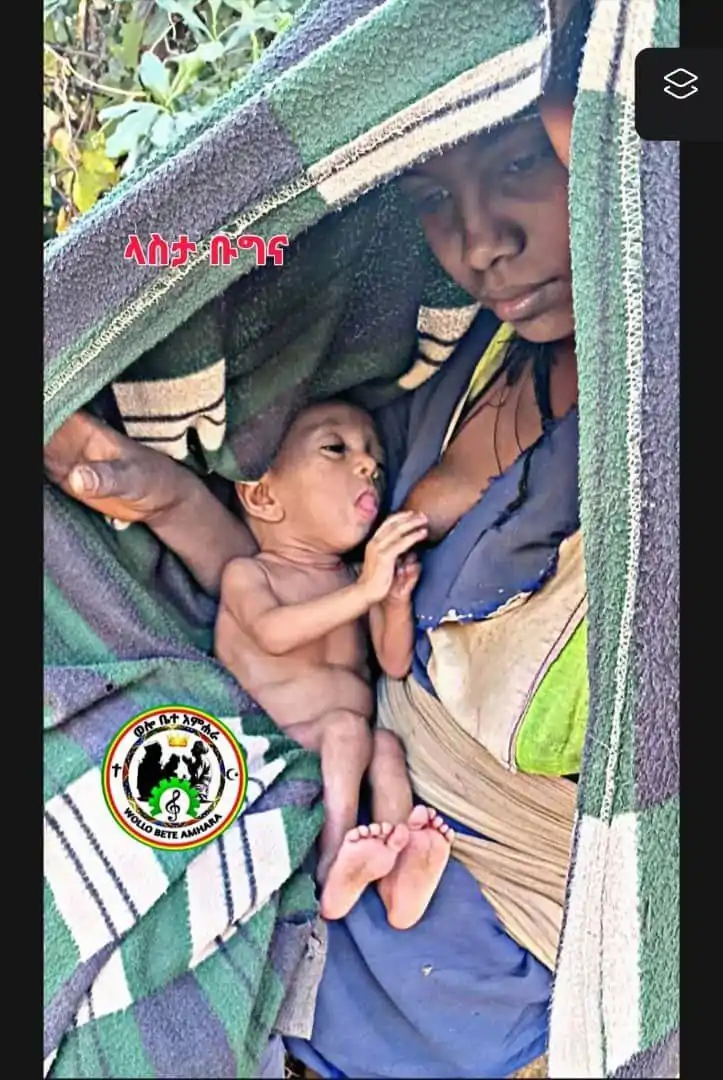Source: FEWS NET
The eastern Horn of Africa has experienced two consecutive seasons of significantly below‐average rainfall, resulting in one of the driest years since 1995. Crops have failed, substantial livestock mortality has occurred, and local cereal prices are very high. More than seven million people in the sub‐region need humanitarian assistance, and emergency levels of acute malnutrition are widespread. This is the most severe food security emergency in the world today, and the current humanitarian response is inadequate to prevent further deterioration.
Following a complete failure of the 2010 October‐December rains and related harvests, the 2011 March‐May rains began late and performed erratically. In some areas of northern Kenya and southern Somalia, rainfall was less than 30 percent of the 1995‐2010 average. Excess livestock mortality of 15‐30 percent has been reported across the region, with mortality levels as high as 40‐60 percent in localized areas, especially for cattle and sheep. Staple cereal prices remain much higher than last year and are approaching or have exceeded record levels. In southern Somalia, red sorghum prices have risen up to 240 percent over the last year. The combination of extremely high food prices and average to below‐average livestock prices and wages has substantially eroded purchasing power in pastoral, cropping, and urban areas. In Juba region of Somalia, for example, the value of one cow plummeted from 430 kg to 161 kg of maize between May 2010 and May 2011.
Given the losses of crops and livestock, reduced purchasing power, and unusual shortfalls in emergency response – as well as conflict, interrupted trade flows, and limited humanitarian access in eastern Somali region of Ethiopia and southern Somalia – poor households across all livelihood zones in the sub‐region are unable to meet livelihoods protection needs. In southern Ethiopia and some marginal cropping and pastoral areas of Somalia, poor households are unable to access the basic food supplies needed for survival. Recent nutrition surveys indicate global acute malnutrition (GAM) prevalence of 27.5 percent, 24 percent, and 23 percent in Mandera Central (Kenya), Meda Welabu of Bale (Ethiopia), and Wajir East (Kenya), respectively. Nutrition surveys and rapid assessments in southern Somalia suggest that GAM prevalence remains above 20 percent across the region, with levels as high as 30 percent possible in some pastoral and agropastoral areas of Gedo, Juba, and Middle Shabelle.
Food security is unlikely to improve significantly over the coming months and will deteriorate further in some areas (Figure 1). In most pastoral zones of the eastern Horn, pasture and water availability is below average for this time of year, and – in combination with a forecast for warmer‐than‐usual temperatures – is likely to result in serious pasture and water deficits during the coming dry season (June‐September). In cropping areas, June/July harvests will be delayed in most areas of the region and substantially below‐average in southeast Kenya, Belg areas of Ethiopia, and marginal cropping zones of southern Somalia. Across the region, staple food and fuel prices are likely to remain high. Cereal supplies from October 2011 – January 2012 main season harvests in Uganda, Ethiopia, and Kenya will contribute to some easing of food prices, and early forecasts predict average October‐December rains. Nonetheless, in the absence of a significant humanitarian intervention, crisis and emergency levels of food insecurity are expected to persist, if not deepen, through at least early 2012.
Large‐scale emergency assistance is urgently needed across the eastern Horn of Africa in order to save lives, treat acute malnutrition, and prevent further asset losses. Areas of particular concern include: Borena, Guji, Bale, and the southern and central zones of Somali region (Ethiopia), Moyale, Marsabit, Isiolo, Wajir, Garissa, and Mandera districts (Kenya), and Hiran, Middle Shabelle, Bakool, Gedo, and Juba regions, poor urban/IDP populations, and the Coastal deeh livelihood zone (Somalia). Livelihoods support is also critical, but should be designed carefully. For example, restocking of livestock during the coming months may be ineffective given the poor forecast for pasture and water availability. FEWS NET and partners will continue to monitor current conditions and to update food security projections over the coming months.















